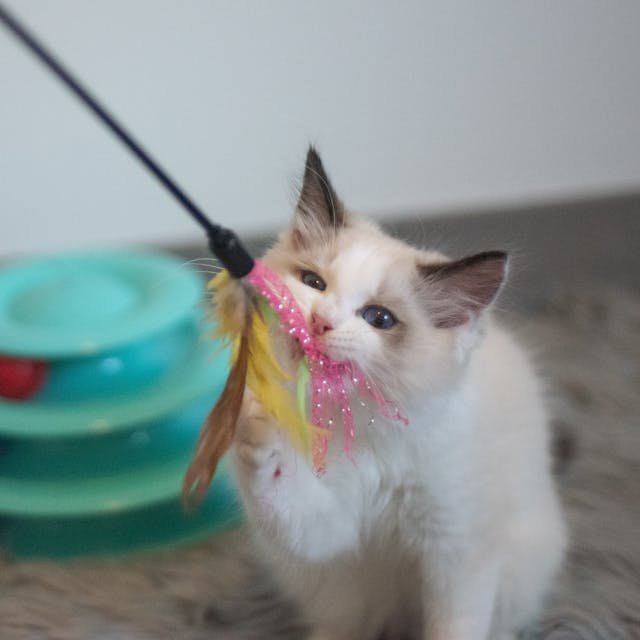Ragdoll cats are a favorite kind of cat that are well-known for their beautiful looks and friendly character. The following guide contains useful information about the Ragdoll cat breed, which can be helpful if you are thinking to adopt a ragdoll cat and adotiong ragdoll kittens using colors and patterns table. If I’m going to buy my rag doll cat, then why don’t I buy my ragdoll. When one takes into account their beautiful blue eyes and their cheerful personalities. it can make a great relationship easy.
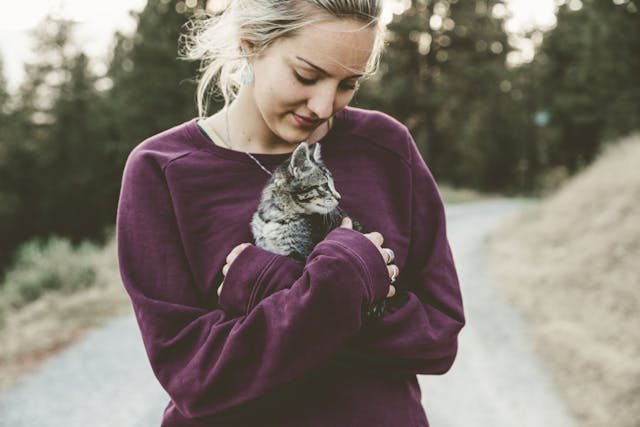
Ragdoll Cat Colors and Patterns History
Ragdoll cat breed originated from Riverside California, by Ann Baker in the 1960’s. Josephine is a white domestic longhaired cat, and Baker mated her with other cats that she had, and thus, the first Ragdolls were born. The breed was intentionally created to be calm and loving towards people; the modern Ragdoll cats are listed in some of the largest cat associations.
Ragdolls are essentially a man-made breed that was developed in the late 60s by Anne Baker an American cat breeder. An Angora type cat, accompanied by Seals – a contrasting white glove over a Siamese type cat – was a contrasting black cat. Ragdolls have only arrived in the United Kingdom since 1981 from different breeders in England. Ragdolls’ goal is to create a glamorous cat that has a relaxed personality that is perfect for a family. The goal can be said to have been met and the Ragdolls have a very chilled lifestyle!
Male Ragdoll Cat VS Female Ragdoll cat
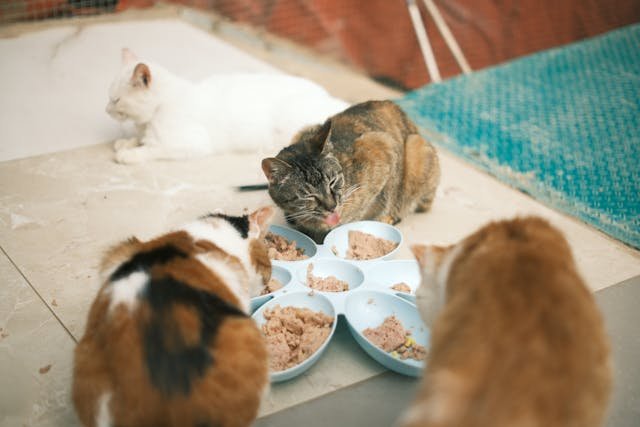
Ragdoll cats are acknowledged to be one of the biggest breeds of domestic cats. Males are usually larger in weight, are recorded to be weighing between 15 and 20 pounds while females are slightly smaller and weigh between 10 and 15 pounds. They have a muscular body, a coat that is semi-long, they are fluffy and the color or their eyes is blue
Common coat patterns and colors include:
Pointed: Seal, blue, chocolate, lilac, red and cream.
Mittens: White mittens on the four paws with the pointed design at the tip.
Bicolor: White inverted V on the face and point colour of each:
Ragdoll Cat Pattern
Ragdolls show off in four patterns: bi-color, van, mitted, and colorpoint. They also rock six colors: seal, blue, chocolate, lilac, red, and cream. Their points can roll solid, lynx, tortie, or torbie – that’s a combo of tortie and lynx. This mix-up gives a bunch of different looks. Colorpoint Ragdolls have those classic pointed marks with no white on their fur. Mitted ones strut with white socks on their front paws and white boots going up past the hock on the hind legs, sporting a white chin and a line on their tummy. Persona. Friendly, easy going, sweet and friendly. Weight: 20kg. Length: 40 x 40 cm. Coat Length. Long Hair. Color of hair is chocolate, red seal blue, lilac and cream. Coat Patterns: 40 x 40 cm
Ragdoll Pattern table
These physical characteristics of Ragdoll cats are very unique and immensely attractive.
Ragdoll cats are typically more sociable with humans compared to other breeds. They tend to greet you at the door, follow you from one room to another, flop on you, sleep beside you, and generally prefer to stay close to you. Many Ragdolls can learn to respond when called and to play fetch. Ragdolls play with you, give you happiness, and play on floors only. They are gentle and usually play without using their claws.
Ragdoll Points-Color table
Distinct Features of Ragdoll Cats
Mitted Ragdolls often sport a blaze, star, or hourglass white patch on their brow and snout. Bi-color Ragdolls come with loads of white—think all four mittens, belly, chest, and an inverted ‘V’ marking on their mug. Sometimes they’ll rock some white splotches on their backs too. As for the van pattern, it’s the headgear, listeners, fluff at the end, and maybe the odd dot or two on the chassis that get the darker shades.
Adopt a Ragdoll Cat using Table Colors Labels and Details
Ragdoll Cat Huge
Ragdolls are large cats! Male Ragdoll cats weigh around 20 kg, while females weigh 9 to 15 kg. In comparison, many other cat breeds, such as the Siamese or the American Shorthair, typically weigh between 4 and 6 kg. This makes Ragdolls significantly larger and more robust than these common breeds. To adopt a Ragdoll car their substantial size, combined with their gentle temperament, makes them a unique and endearing choice for cat lovers. Ragdoll cats can be misleading. Despite their weight, Ragdolls lack killer instincts, though they are still capable hunters. They can’t protect your home from unwanted animals, so you should keep your pets indoors if you don’t want them roaming around. These cats are big, cuddly, and resemble teddy bears, making them suitable for snuggling. Just remember to support their bodies properly when holding them. And don’t forget, ragdolls need larger litter boxes and beds to fit comfortably.
Personality and temperament
When it comes to personality ragdoll cats have proved to be friendly and passive cats. That is why they are frequently referred to as “lap cats” since it is very easy to get these cats to sit still. Ragdolls are passive cats that do not have much energy; thus, they are suitable pets for families with children and other animals. Some of them like moving from one room to another in the house chasing their owners and welcoming them at the door. They are sociable and have a relaxed nature, which is addition to make them a perfect pets for anyone who wants a friendly and faithful cat companion.
Care of the ragdoll cat
The care of Ragdoll cats includes knowing and addressing the particular features that should be met to maximize the cat’s well-being.Ragdoll cats need little exercise to be groomed as they do. As with all ragdolls, there are certain maintenance habits that must be implemented to ensure their safety and health problems. This section elaborates on all the major aspects regarding proper cat Ragdoll care.
Grooming: Subsequently, having a healthy coat can be described as the ability to take care of the body, the hair, and the life that covers it.
• Ragdoll cats are in the category of semi-long hair coats and therefore require outer layer brushing to keep off matt formation, and that is after shedding.
• Ideally, Ragdolls need to be groomed daily, although you can get away with less frequent grooming, as long as it is twice a week.
• This also reduces the formation of hairballs and maintains your cat’s good health during grooming sessions.
Ragdolls require less grooming than other long-haired species, but it needs attention.
Grooming of the ragdoll cat
Ragdolls need regular cat grooming at kitten age, as their coats can mat quite quickly, especially after switching between kitten coats, adult coats, or moults annually. Make these experiences enjoyable by working on something at a time and putting the process together for reward and praise. Also, be aware that Ragdoll cat size is huge. This could take some time. A greasy coat could indicate the cat is not grooming properly and can indicate insufficient health. Ragdoll cats receive regular vaccinations, parasite control and annual veterinary health checks.

Shedding
When it comes to jumping, ragdolls usually stay on the ground. Their silky, glossy semi-long coat requires little maintenance. Routinely brushing your hair with a metal comb aids in removing tangles and stray hair. Ragdolls typically shed at the change of the seasons, although this is lessened because they don’t have a thick, dense undercoat. They fit in well with today’s hectic lifestyles because they are well-mannered and require little maintenance. Click here
Diet and Nutrition
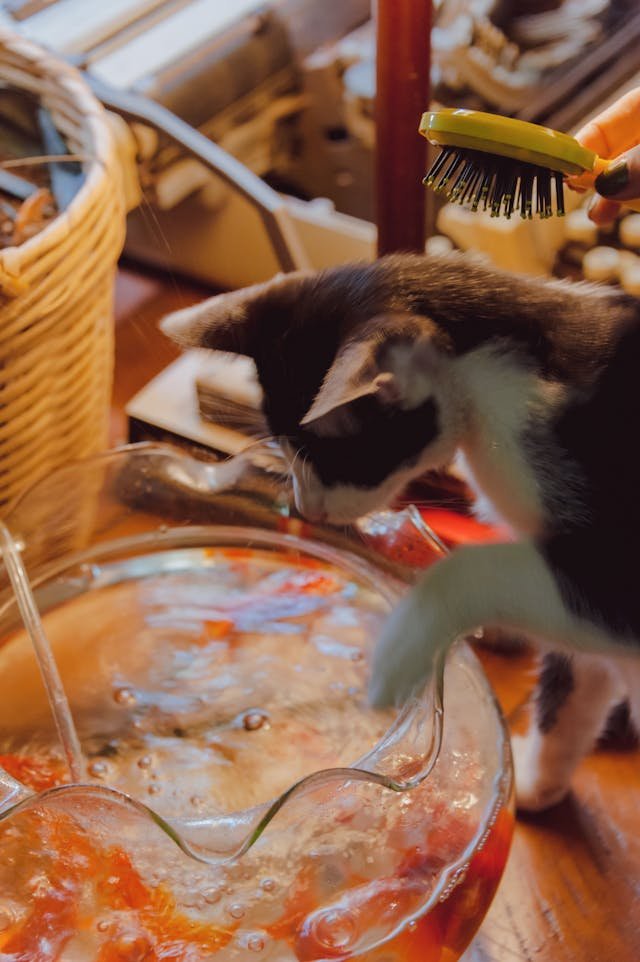
Foods You Should Feed Your Ragdoll Cat
Ragdoll cats require proper nutrition within their diet for them to be healthy and happy. Serve quality cat food both dry and wet food.
In a big breed, Ragdoll Cats are hungry. A healthy diet helps keep cats healthy and well.
Make sure the cat always has clean water so that it may be able to quench its throat at anytime.
Different portions of food and different feeding intervals must be determined with the reference to you cat’s age, weight, and activity level.
Do not offer your Ragdoll cat human foods and only feed them with what the veterinarian has advised on.
Outdoors or Indoors
The Ragdoll has an indoor cat park where they can enjoy the outdoors. The Ragdoll doesn’t like such horrors as long wet grass and bad weather – e.g. not very sunny weather. Ragdoll is suited for free outdoor use and is too relaxed to protect against a potential danger
Exercise and Play
Maintaining Your Ragdoll Cats’ Activity
There is nothing wrong with the Ragdoll breed of cats as they are normal cats but they have to be given some mental and physical activities to keep them active.Ragdoll cat is an affectionate pet who is a curious cat with an enthralling personality.It is recommended to offer interactive toys, climbing trees and daily play sessions to meet the necessary amount of exercises.
Provide toys that will make them engage in exercises that will provoke their hunting instincts, such as laser pointers and feather wands.
Regardless of whether you live in an apartment or not, make sure your ragdoll has enough room to move around and/or play.To learn more click here
Common Ragdoll Health Conditions

When you own cats, you want to ensure the best possible health of their pet. Rag dolls have a variety of illnesses. This article explains how rag dolls are affected by health problems.
Health and Veterinary Care
the Right Conditions to Guarantee Your Ragdoll Cat’s Comfort
Vaccination, checkups, and all other forms of preventive care are important in the life of a Ragdoll cat.
Learn about the possible illnesses facing Ragdolls: one of them is hypertrophic cardiomyopathy (heart disease), and another is stones in the bladder.
Go to the vet at least once a year or twice a year to check on your cats’ general wellbeing in case of any infections.
You should consult your vet about a wellness plan for your pet that involves dental health, parasite’ control, and feeding.To learn more, click here
Ragdoll Cat disease
Cat heart disease, often a result of heart failure, underscores the need for regular check-ups. Heart diseases are classified as congenital or acquired. A congenital heart defect may include an abnormal valve, an abnormal artery vein, or a defect of the wall. Ragdolls, in particular, are prone to hypertrophic cardiopathies that can lead to heart failure. While it’s not curable, regular check-ups and the use of medication can help manage the condition, showing your responsibility and care as a pet owner.
Floppy Cats
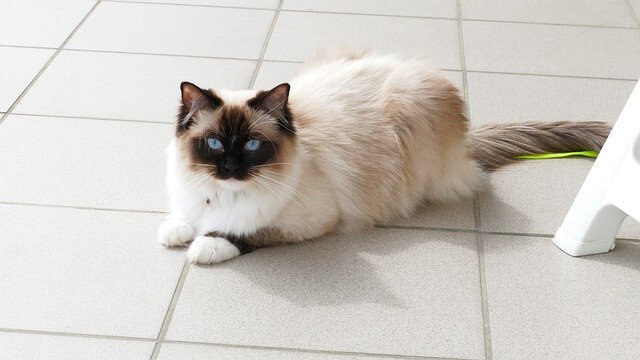
The name Rag Doll came from the ability of cat breeds to move slowly and relax when retrieved, hence being nicknamed “Floppy Cat.” They are not happy being pushed as if they were rag dolls. He knows how to be excellent. Ragdoll kittens are adored for attention so much that they cannot stand on the bed. Most ragdoll cats are prone to the fuzzy floppy characteristic, though it can be attributed in some cases to others. Click here
Living Environment
Building a House That Cats Will Love
- Cats belonging to the Ragdoll breed are suitable for apartment living because they are very docile and can be easily handled.
- Make your home comfortable for your cat; provide areas where the cat can freely roam around, such as scratching posts, litter bowls, and comfortable beds. Do not place banned items in a place where the cat can easily access them, and see to it that your house is safe for the cat.
As with many breeds, some Ragdoll cat owners let their cats go out at times, but for the pets’ safety, it is recommended to keep them indoors.
Training and Socialization
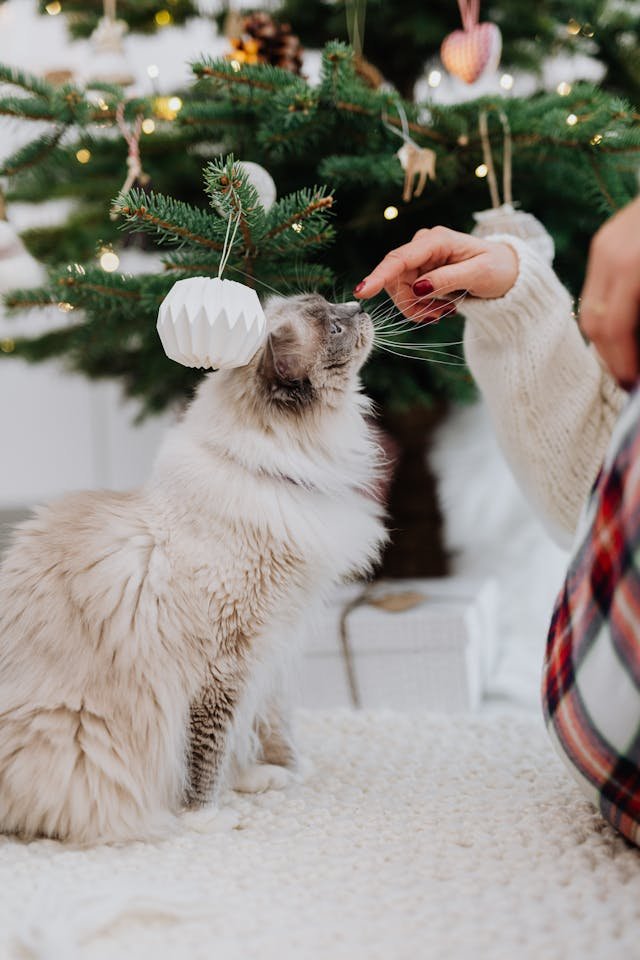
It is recommended to buy it from a trustworthy breeder or adoption center. Add kitten-proofing before bringing the kitten home, and also gather some items that are necessary for the kitten. Several factors, such as early socialization, training, and a health check by the vet, should be given to a Ragdoll kitten. Oversee their progress so that they achieve certain markers in their development.
Ragdoll kitten
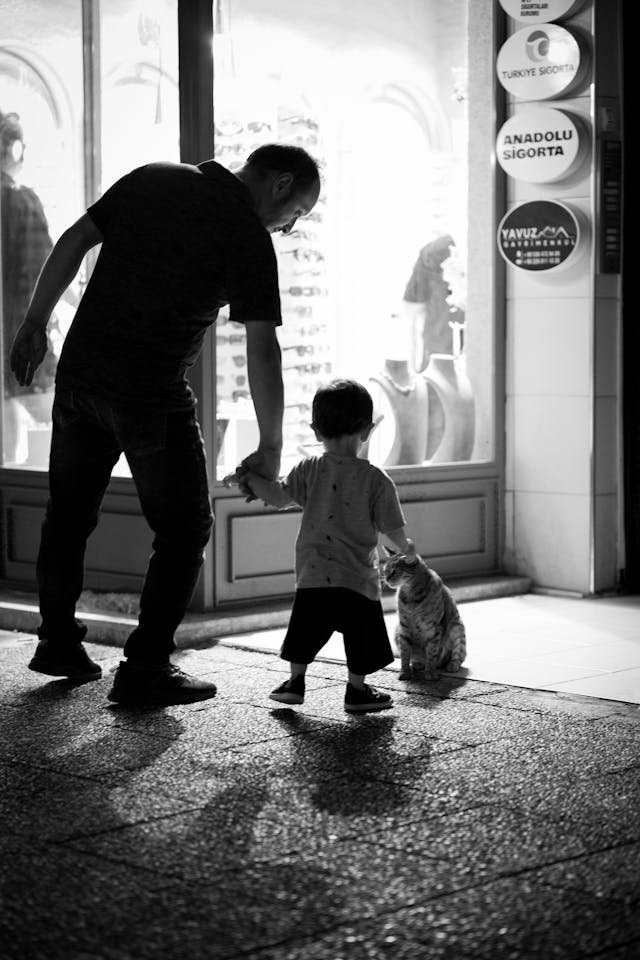
Make sure that when you choose a Ragdoll kitten, they come from a responsible breeder or adoption center. Get your home ready, having a safe room for the kitten and all the basics. Ragdoll kittens, like all pet animals, are born as blank slates and early socialization also has the potential to save thousands of lives…Safety Tip #2: Ragdolls Need Motivation for Social Training One way or another ragdoll kitten’s form connections with human basics. Keep an eye on them to ensure they are growing and developing normally. click here
Senior Ragdoll Cats
Hence, potential care needs to be provided depending on the Ragdoll cat’s age level once the cat grows to adulthood. Include consideration for their changing eating habits, personal hygiene, and the ability levels of their body. Daily care is essentially maintained; however, the importance of dogs’ veterinary visits becomes crucial to identifying and treating diseases on time.
Caring for their comfort and quality of life is the most important thing that needs to be focused on for senior Ragdolls.
Where to Adopt or Buy a Ragdoll
Before you make any purchases, make an honest and thorough research into the breeds. Breeder’s advice can make it possible to understand the breed and make sure it’s suited to you. You could start by searching for an animal breeding association such as the Cat Fanciers Association. The cost for an Angus Ragdock breed will range between $400 and $2000. If you want to be adopted by an adoption organization, you may have the opportunity to adopt a dog at your place of birth or find another one. Please visit Ragdoll Restore USA/International..
Community and Resources
Online or offline, it is possible to chat with other Ragdoll owners, thus getting tips and advice from them. That is again where people can go online forums, social media groups, and different ragdoll cat club associations. There are many literature sources such as newspapers, magazines, Web sites and books especially focusing on the Ragdoll breed that may provide more information.
Conclusion
Ragdoll cats are one of the most amazing kinds of cat, because they are friendly and rather beautiful. It is a good practice to learn valuable information about a breed, its background, peculiarities, and how to look after it in order not to make a wrong choice. This article provides all the information you need whether you are an owner of a ragdoll kitten, a young cat or have a senior cat.
FAQs
1. Are Ragdoll cats good for families?
Yes! Ragdolls are affectionate, gentle, and great with children and other pets. They love human companionship and adapt well to family life.
2. What is a Ragdoll Cat?
Ragdoll cats are large, affectionate felines known for their docile temperament and tendency to go limp when held, which is where their name comes from.
3. How do I properly care for a Ragdoll cat?
Regular grooming, a balanced diet, and ample playtime are essential. They thrive in a calm, loving environment with plenty of human interaction.
4. Are Ragdoll cats indoor or outdoor pets?
Ragdolls are best kept indoors due to their trusting and docile nature. If allowed outside, supervision or a secure enclosure is recommended for their safety.
5. Are Ragdolls suitable for families with children or other pets?
Yes, their gentle and sociable nature usually makes them a great addition to families and multi-pet households, as long as interactions are supervised initially.

